Reliable Suction Machines for Medical & Home Use
Explore a wide range of high-performance suction machines for medical and personal care needs.
Summary
Suction machines are essential medical devices used for removing obstructions such as mucus, blood, or secretions from a patient’s airway. Whether in clinical environments or home settings, these devices ensure clear airways and improve patient care. This guide covers everything you need to know about suction machines, including how they work, top products, key features, and how to choose the right model.
What Are Suction Machines & How Do They Work?
Suction machines, also known as aspirators, are mechanical devices designed to remove bodily fluids through suction. They are widely used in hospitals, clinics, ambulances, and increasingly in home healthcare settings for patients with respiratory conditions or post-operative care needs.
The machine works by creating negative pressure, allowing it to draw fluids into a collection canister via a flexible tube. Most suction machines are powered either electrically or via built-in batteries, making them suitable for both stationary and portable use.
Common Applications:
- Airway clearance in emergency or surgical settings
- Post-operative care to manage secretions
- Assisting patients with chronic respiratory illnesses (e.g. COPD)
- Home care for patients with tracheostomies
Sources:
- Better Health Channel – Victoria State Government
- Australian Commission on Safety and Quality in Health Care
Suction Therapy Machines: When and Why They're Used
Suction therapy machines are a type of medical aspirator used in specific therapeutic contexts, such as:
- Removing infectious material in respiratory infections
- Managing airway secretions in palliative care
- Supporting oral hygiene in patients with swallowing difficulties
Therapy suction devices are crucial in providing effective pulmonary care without invasive procedures. They are also key tools in managing chronic diseases such as ALS or MS where patients may struggle with secretion clearance.
Maintenance Tips for Your Machine Suction Device
To ensure longevity and safe operation of your machine suction device, follow these steps:
- Clean daily using manufacturer-recommended disinfectants
- Empty canisters after every use
- Replace filters and tubing periodically (monthly or as advised)
- Check battery health for portable units regularly
- Test suction pressure before each use for optimal performance
Proper maintenance not only ensures patient safety but also extends the life of the device.
Featured Products
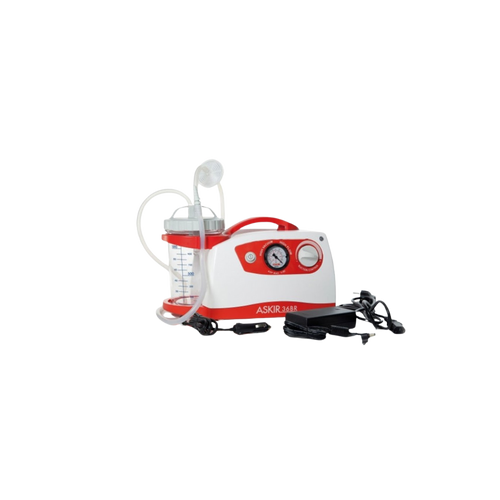
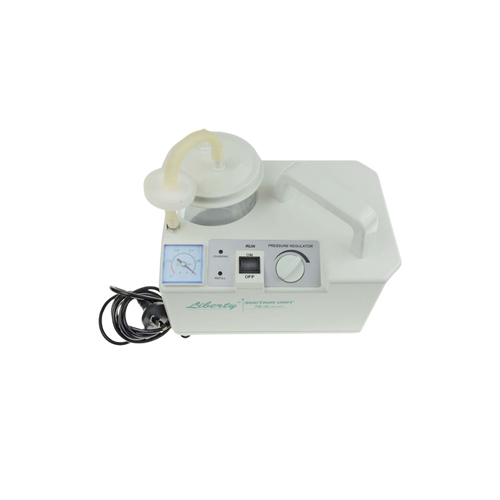

Choosing the Right Suction Machine: Key Factors to Consider
When selecting a suction machine, it’s important to evaluate the following:
- Flow Rate: Indicates how fast the suction is applied (measured in L/min). Higher flow rates are ideal for emergency use.
- Portability: Devices like the portable suction machine or suction portable machine are great for home care and travel.
- Power Source: Mains-powered for hospitals, battery-operated for mobile use.
- Canister Capacity: Larger canisters reduce the need for frequent emptying.
- Noise Level: Important for continuous or night-time use.
Conclusion
Suction machines play a pivotal role in both emergency and long-term patient care. Whether you need a compact portable suction machine for at-home care or a high-powered Askir suction pump for hospital use, choosing the right equipment can make all the difference. Our curated selection features reliable, durable, and effective models tailored to varied medical needs.
Need help choosing the right suction machine for your needs?
Browse our full collection or contact our medical equipment specialists today for expert guidance and support.
📞 Call 1300 615 193 or order online at our website.
Suction machines are essential medical devices used to clear airways by safely removing mucus, blood and secretions. Suitable for hospitals, ambulances and home care, this collection features reliable suction solutions designed to support respiratory care, emergency response and post-operative recovery.
What this collection includes:
• Portable suction machines for home and mobile care
• Battery-powered suction units for emergency use
• Electric medical suction pumps for clinical settings
• High-flow suction machines for thick fluids
• Collection canisters, tubing and compatible accessories
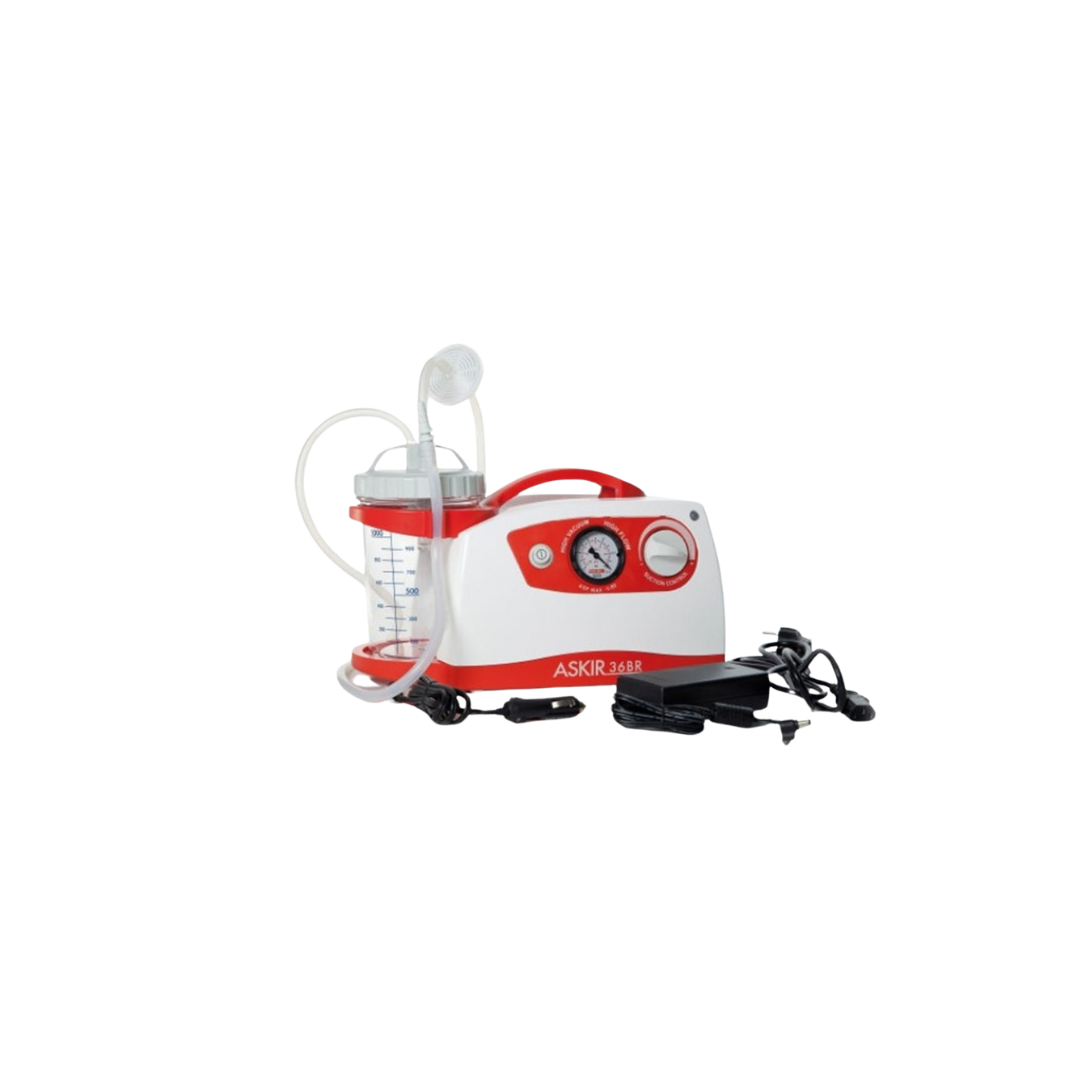
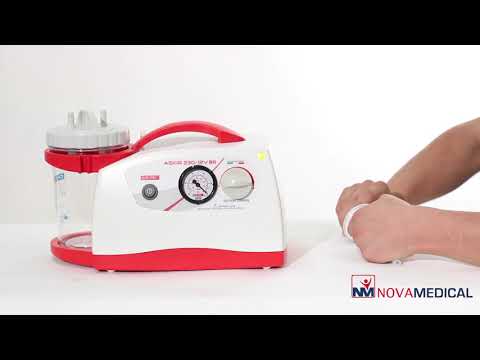

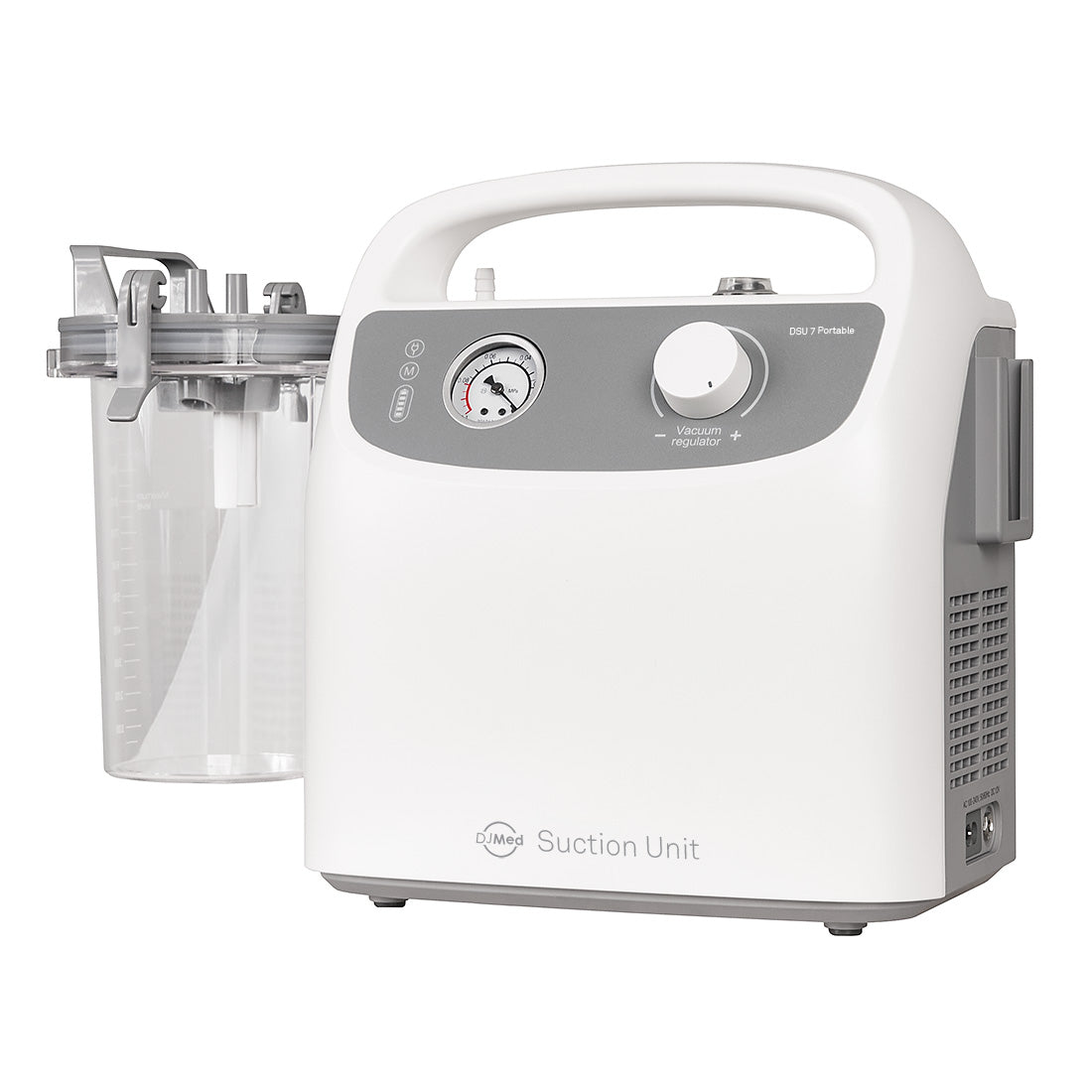

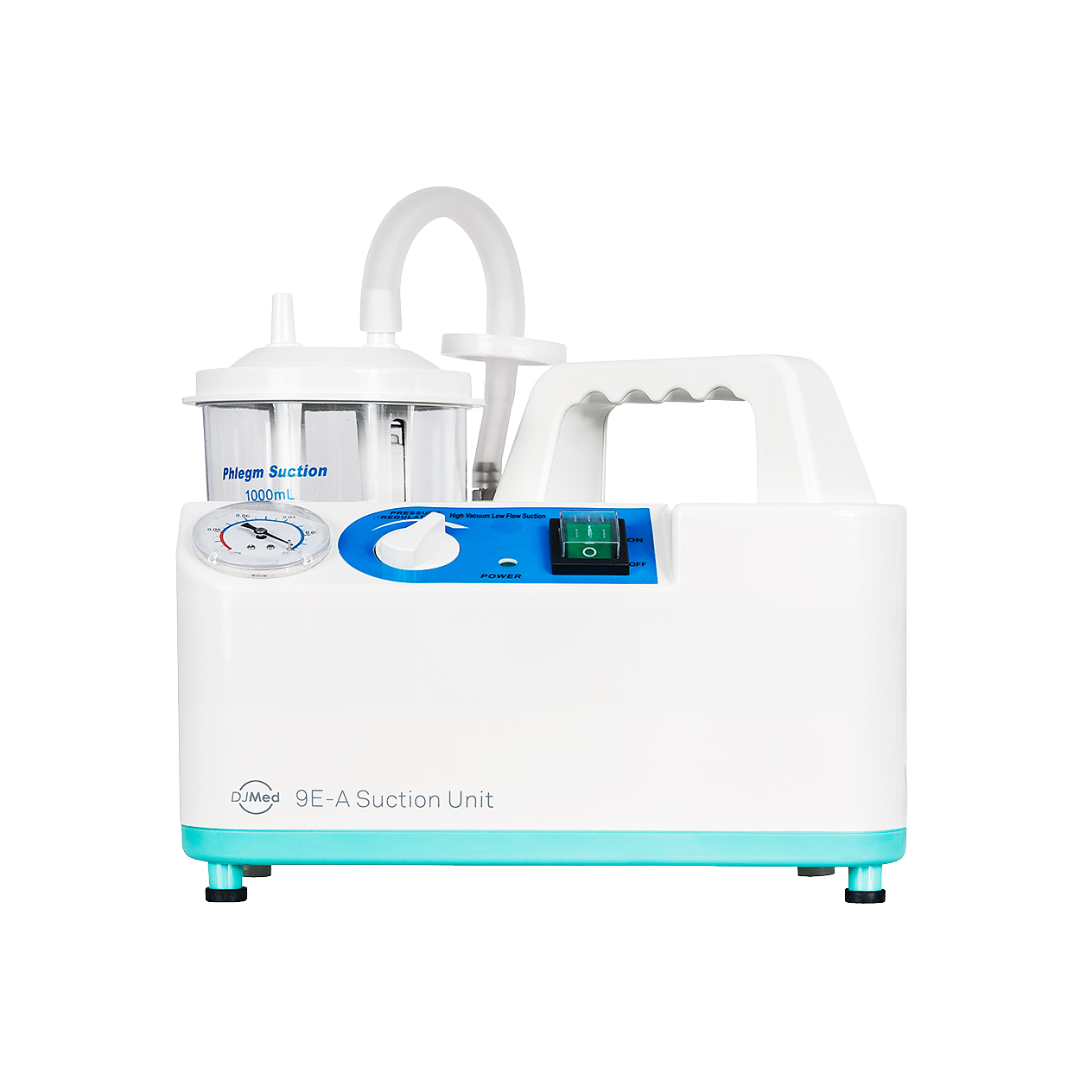
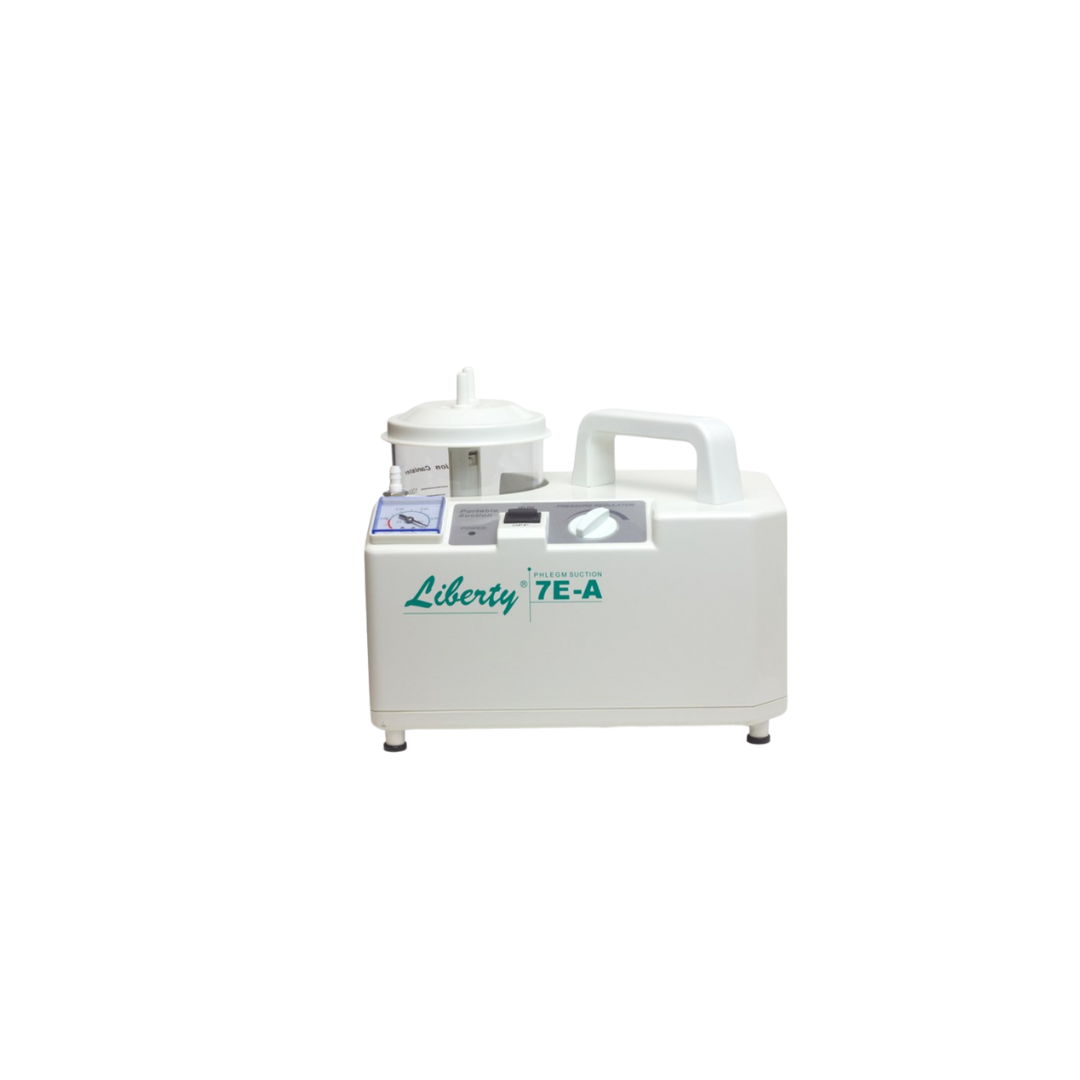
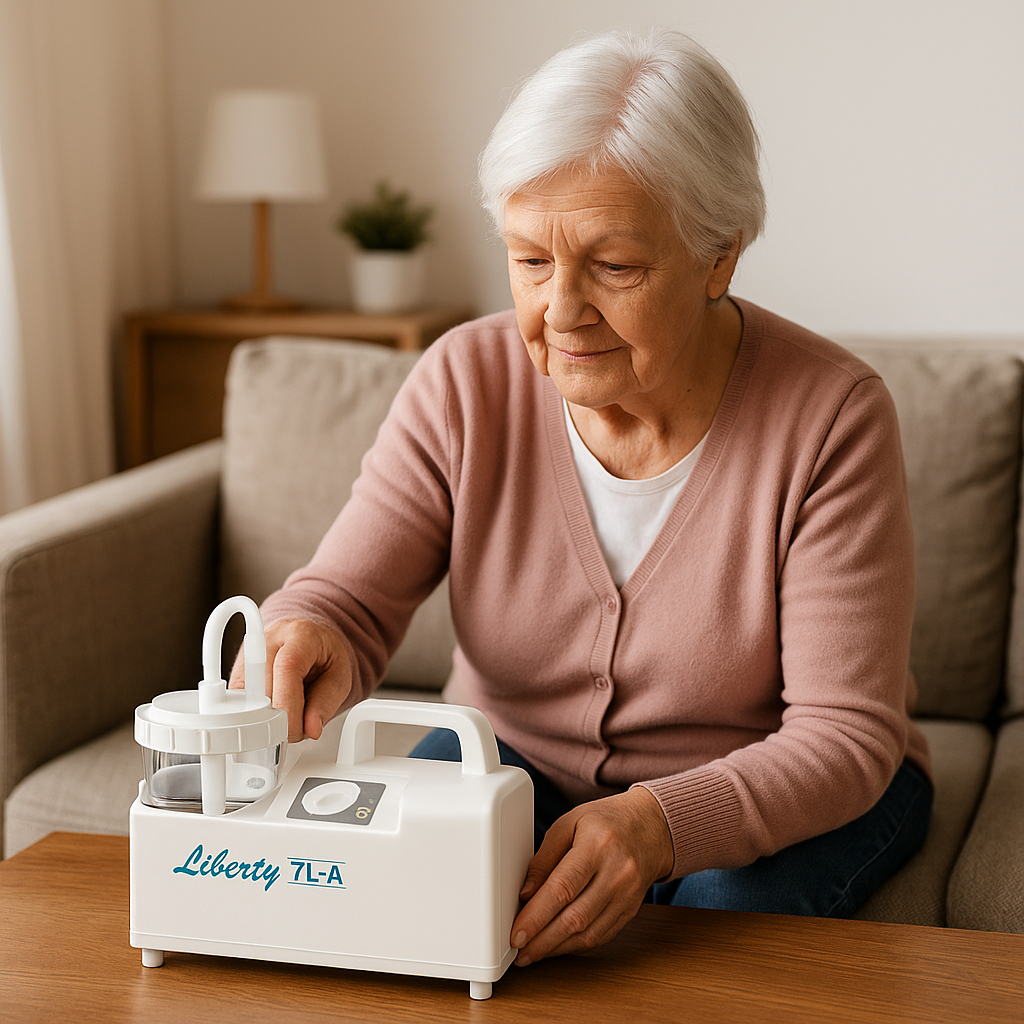
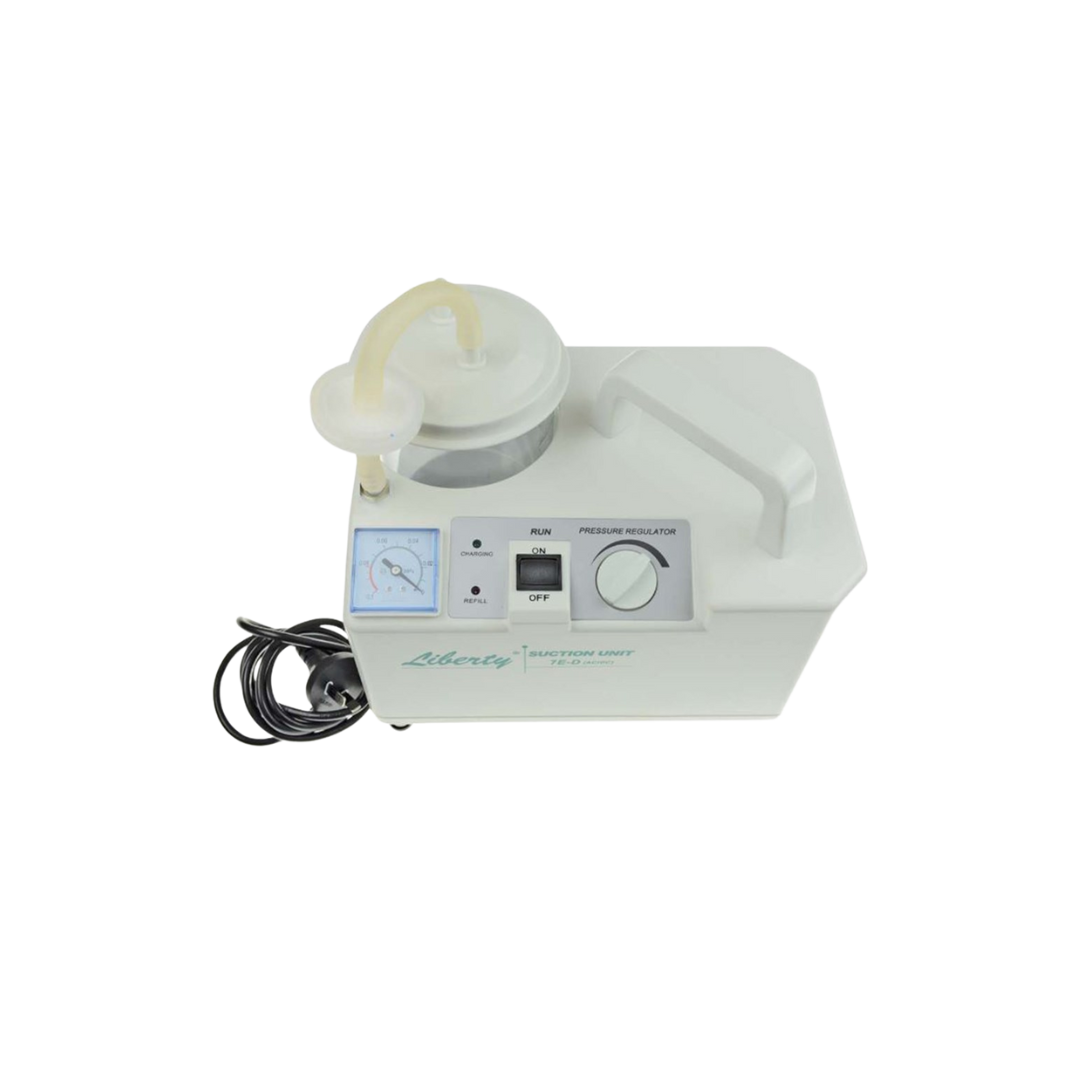
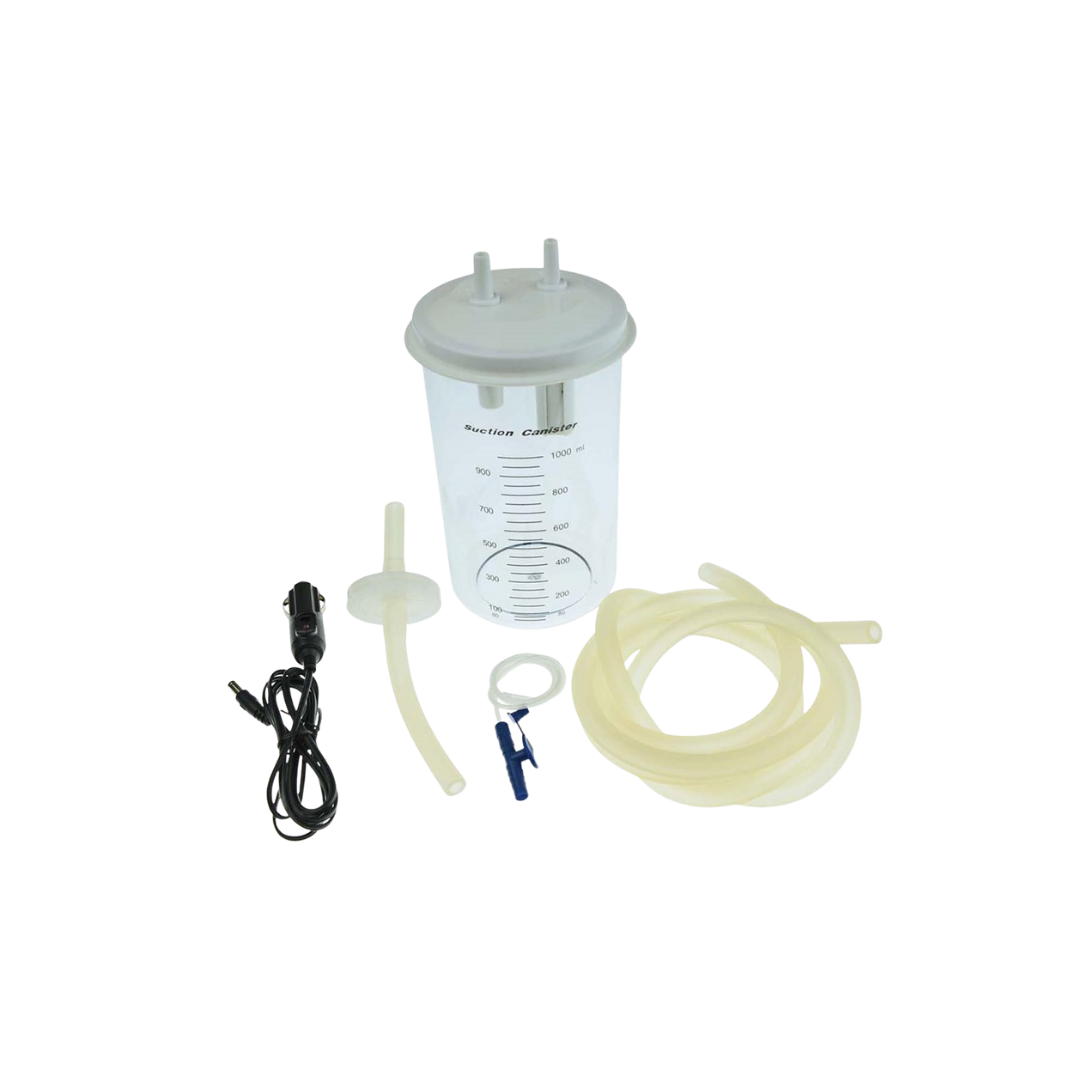
Recently viewed
FAQs
Suction machines remove mucus, blood or secretions from the airway to help patients breathe more easily and safely.
Yes. Portable suction machines are commonly used at home for tracheostomy care, chronic respiratory conditions and post-operative recovery.
Higher flow rates are ideal for emergencies, while lower to moderate flow rates are suitable for routine home and clinical care.
Canisters should be emptied after each use, with tubing and filters cleaned or replaced regularly according to manufacturer guidelines.
